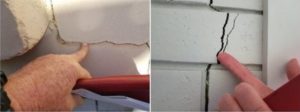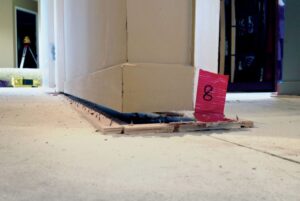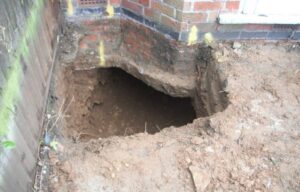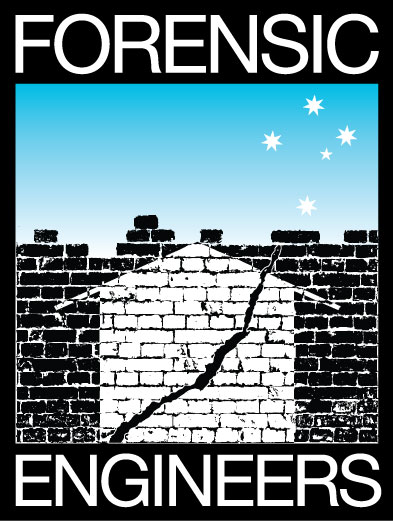
Structural Engineer Reports for Subsidence, Wall Cracks, Underpinning & more
Understanding Subsidence
Cracks in Walls and Ceilings
Subsidence is a serious issue that can significantly impact the stability and safety of buildings and other structures. It occurs when the ground beneath a building sinks, causing the foundation to shift and potentially leading to extensive damage. Understanding subsidence, its causes, and its effects can help property owners take necessary precautions and seek expert evaluations to safeguard their investments.
If you notice any signs of subsidence, it’s crucial to act quickly to prevent further damage.
Reasons Why You Might Need a Structural Engineer to Create a Subsidence Report for You
Cracks in Walls and Ceilings you can visibly see

Large, diagonal cracks in the walls, especially around doors and windows, can indicate subsidence. If you observe such cracks, a subsidence report can help determine the extent of the issue.
Doors and Windows Sticking
When doors and windows start sticking or don’t close properly, it could be a sign of the building shifting due to subsidence.
Uneven Floors

Floors that have become uneven or show signs of sinking can point to subsidence. This can be particularly dangerous as it compromises the structural integrity of the building.
External Features
Changes in the landscape, such as leaning garden walls or tilting trees, might indicate subsidence. These external signs can often precede visible damage to the building itself.
Peace of Mind
Even if there are no visible signs, older properties or buildings in areas known for subsidence can benefit from a thorough assessment to ensure there are no underlying issues.
What We Check For
A comprehensive subsidence report involves a detailed examination of several key areas to accurately assess the condition of the property. Here’s what we typically check for:
Foundation Assessment

We evaluate the foundation for any signs of sinking or shifting. This includes checking for cracks, uneven settling, or other indications of movement.
Cracks in Walls and Ceilings, and Floor cracks
Our engineers inspect both interior and exterior walls for cracks. We also assess floors for any signs of unevenness or cracking, which can indicate underlying subsidence.
Structural Movement
We look for any signs of structural movement, such as doors and windows that no longer fit their frames properly. This can be a critical indicator of subsidence.
Surrounding Environment
The condition of the surrounding environment, including drainage systems, soil type, and nearby trees, is examined. Poor drainage or expansive clay soils can contribute to subsidence.
Historical Data
We review any historical data on the property and the local area. This can provide insights into whether the property is in a high-risk area for subsidence.
If subsidence is detected
There are several remedies we can recommend to address the issue and prevent further damage:
Underpinning
One of the most common solutions for subsidence is underpinning, which involves strengthening the foundation. This can be done using various methods, such as traditional mass concrete underpinning, beam and base underpinning, or mini-piled underpinning.
Soil Stabilisation
In some cases, stabilising the soil around the foundation can help prevent further subsidence. This can involve injecting a special grout into the soil to increase its strength and stability.
Improving Drainage
Poor drainage can exacerbate subsidence. Improving the drainage system around the property can help manage water flow and reduce the risk of soil movement.
Tree Management
Trees and their root systems can contribute to subsidence, especially if they are too close to the building. Managing the placement and maintenance of trees can mitigate this risk.
Regular Monitoring
For ongoing issues or high-risk properties, regular monitoring can help detect early signs of subsidence. This can involve installing monitoring devices to track any movement in the foundation over time.
